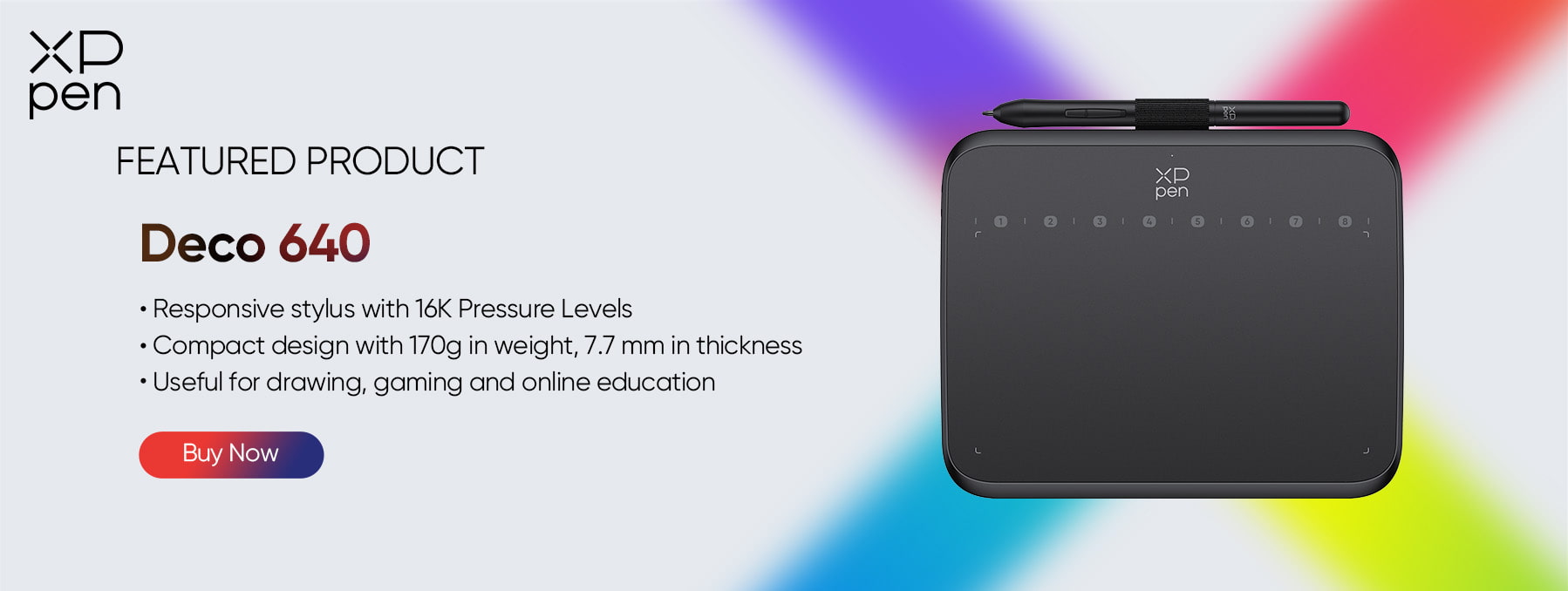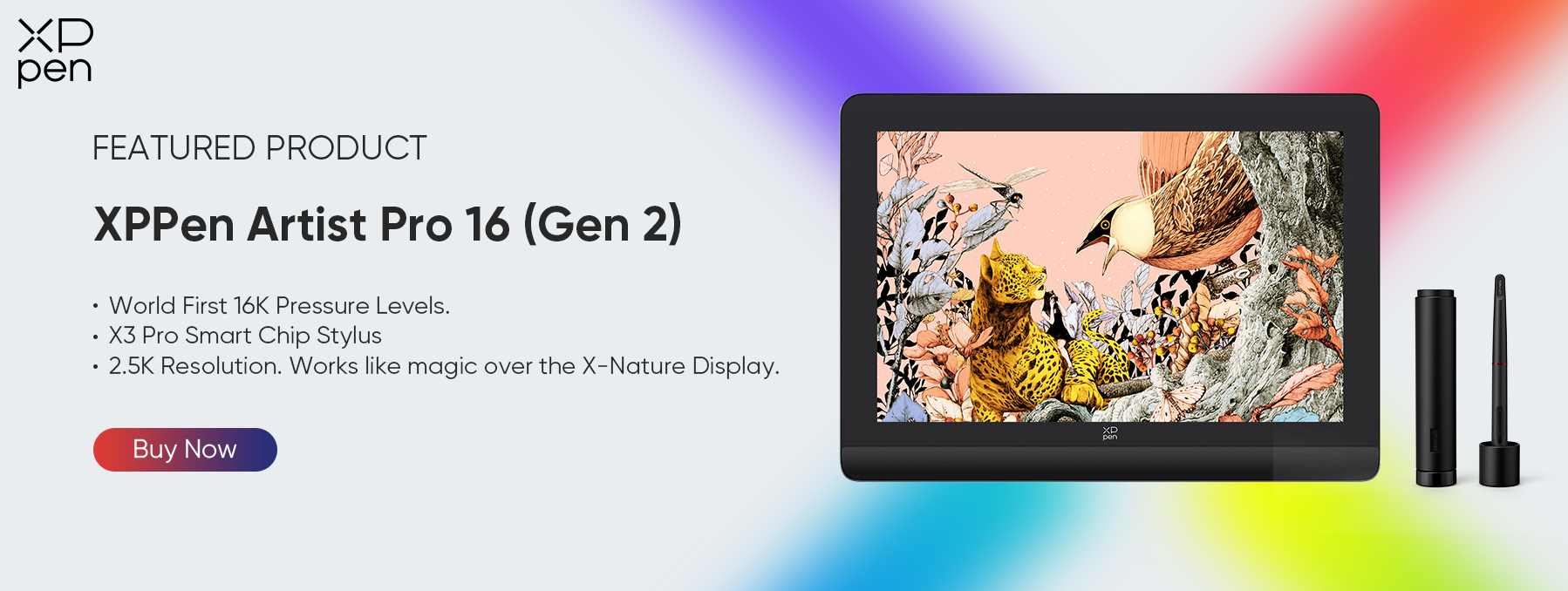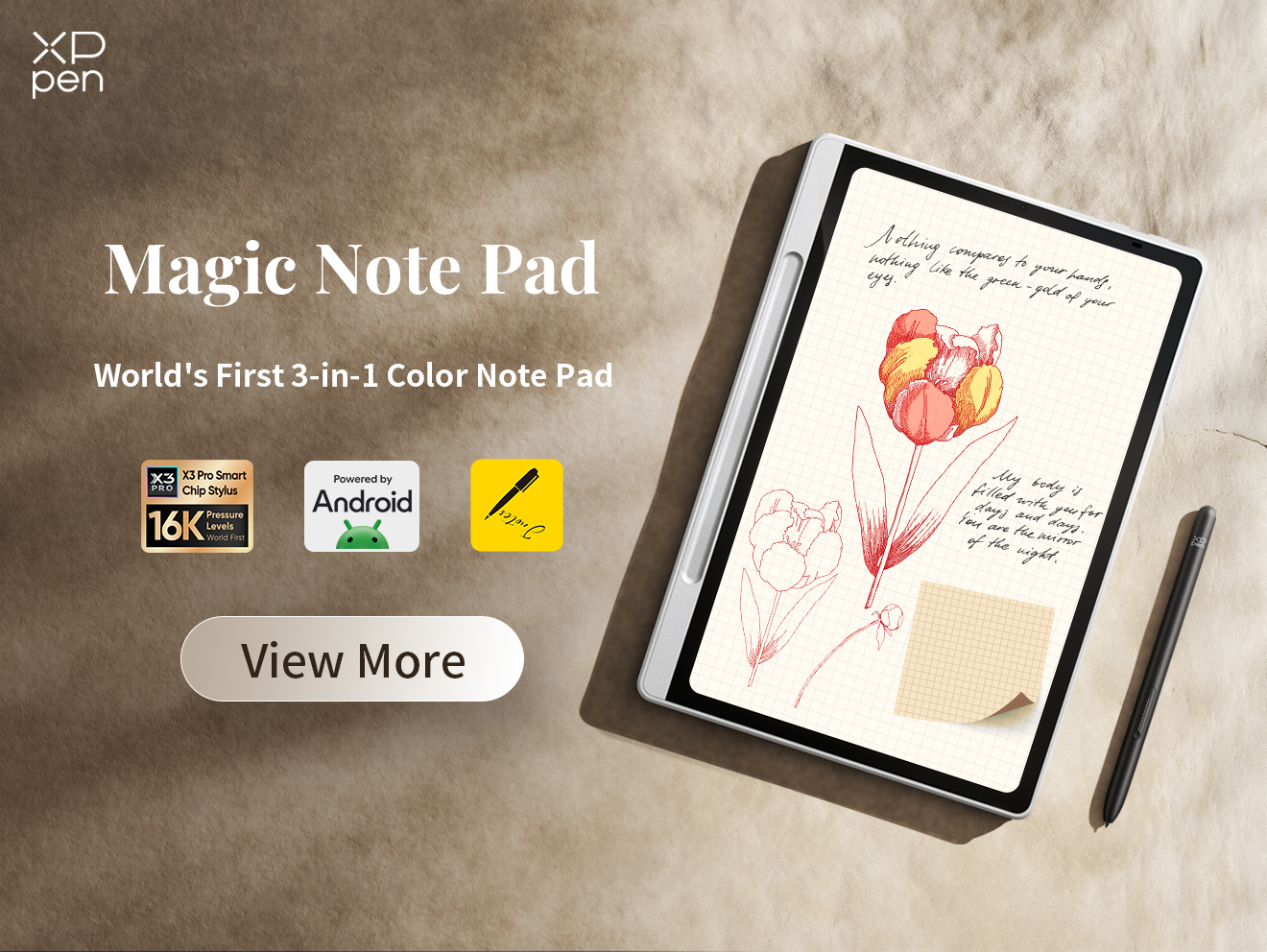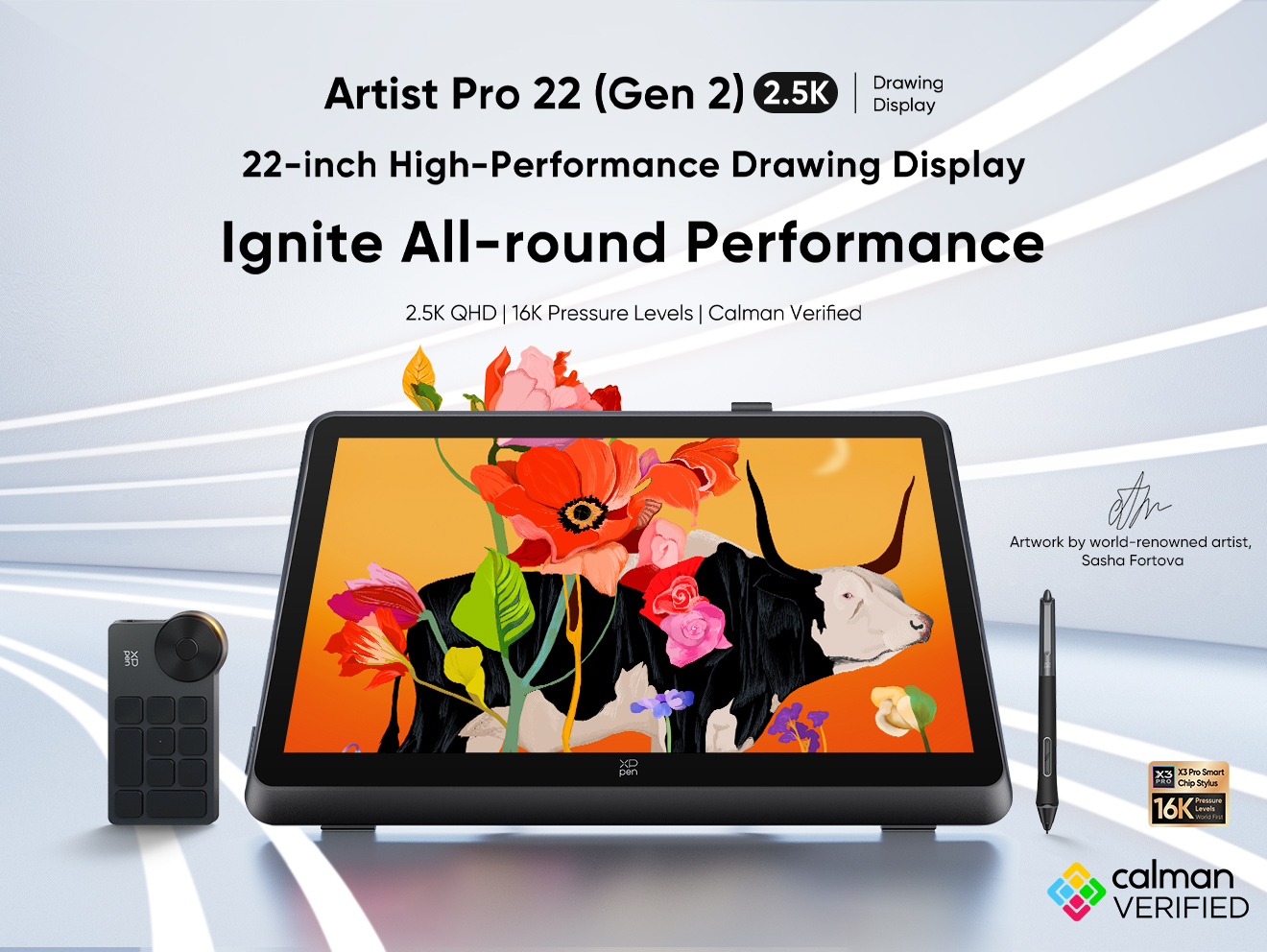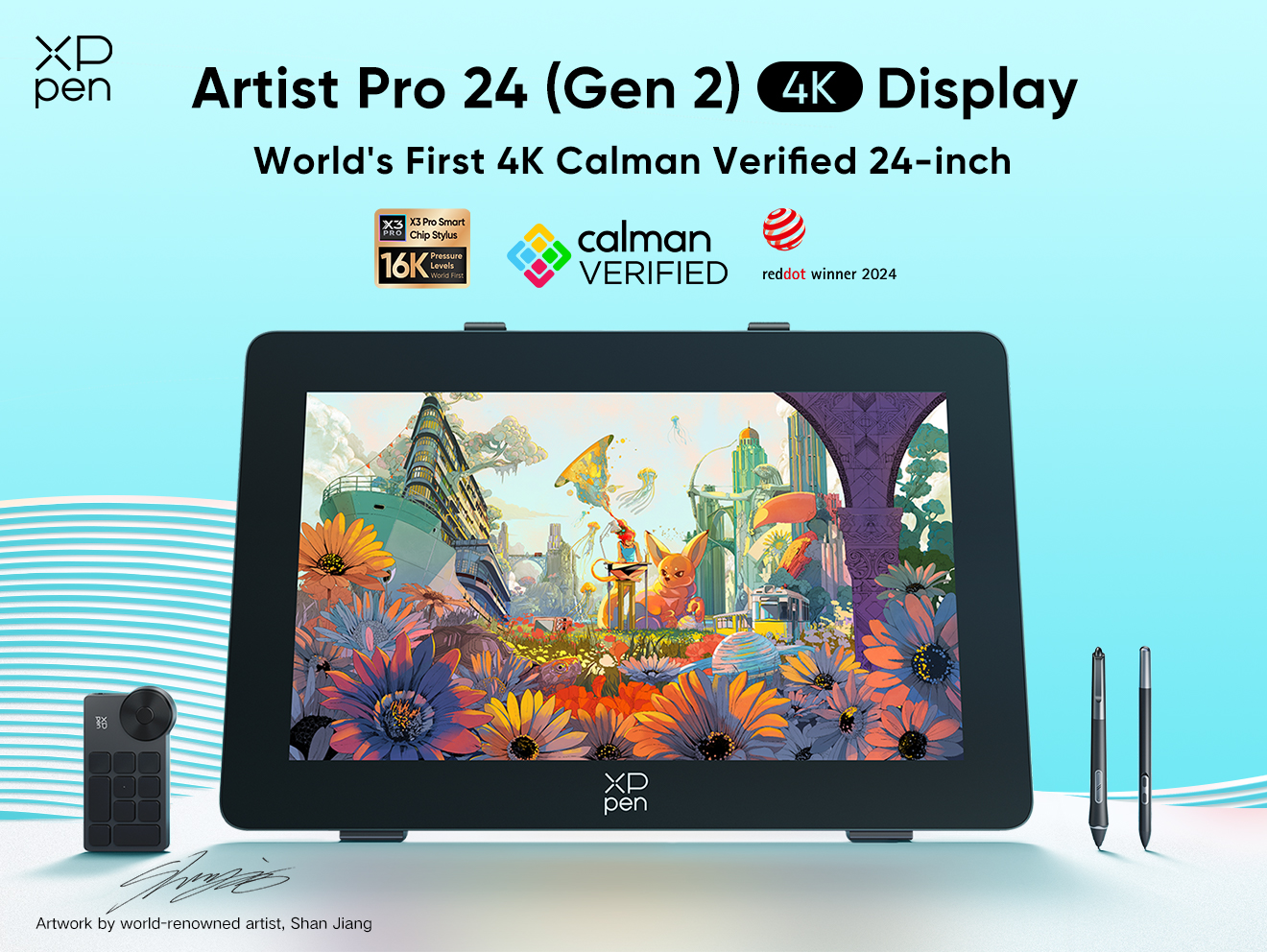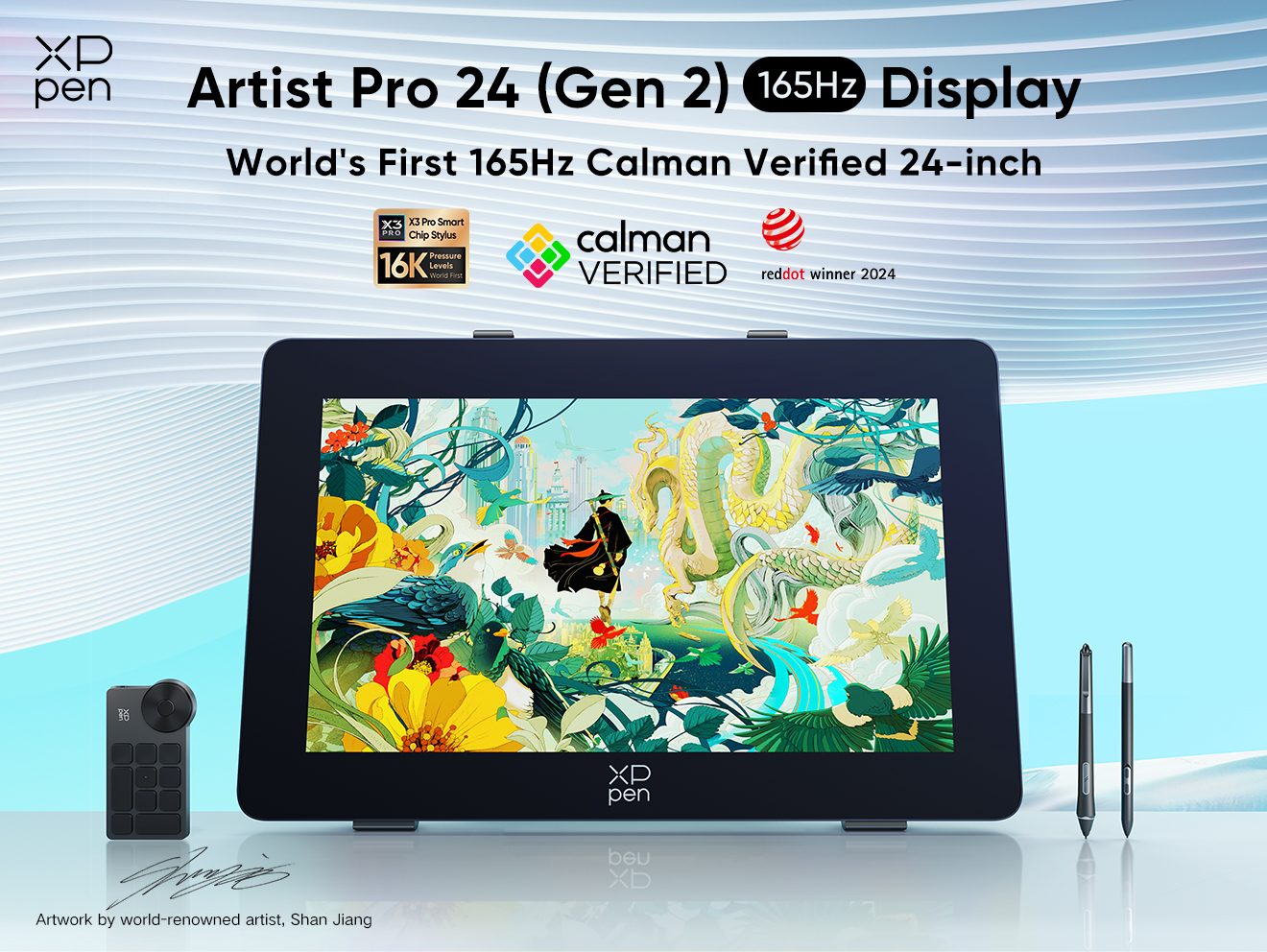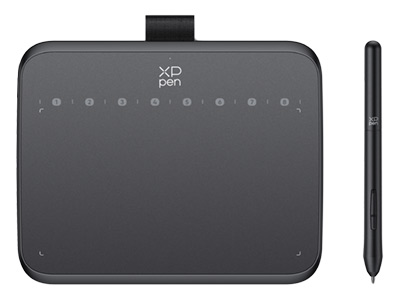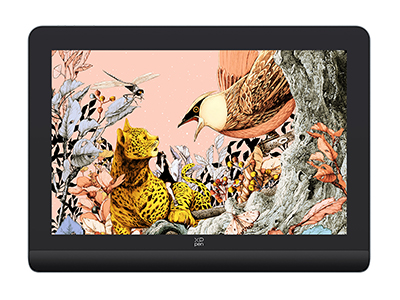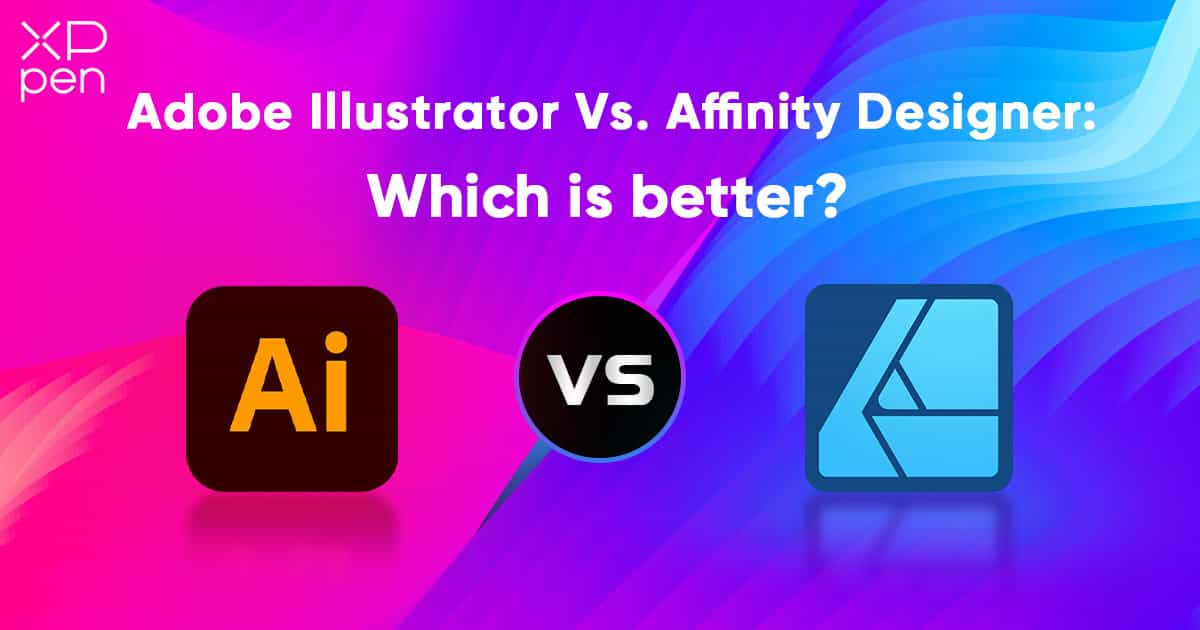
Adobe Illustrator vs Affinity Designer: Which is Better?
TIPSIn this creative and artistic world where digital illustration adds worth to your business, projects, and workflow, finding the right tool to create your illustrations is important. The popular choices right now for creative professionals and hobbyists are Adobe Illustrator and Affinity Designer. Which begs the question: which one is better?
As the vector graphics software landscape evolves with new features and AI-powered tools that can help you enhance your illustrations, choosing the right tool can be challenging. Many artists find themselves at a crossroads between Adobe’s industry-standard tool, Adobe Illustrator, and Serif’s challenger, Affinity Designer.
This comprehensive comparison and guide article will help you make an informed decision between these two leading design applications.
Vector Graphics vs Raster Graphics
Both the industry-standard Adobe Illustrator and Affinity Designer are used to mainly create vector graphics. Yet what are vector graphics? Vector Graphics are made out of mathematical equations to create shapes. This makes it useful for scaling illustrations no matter the size and shape. They are often used for logos, illustrations, and other geometric designs.
Raster graphics on the other hand are made up of pixels that are arranged together to make an image. Rasters are mainly resolution-dependent and when it is scaled for higher-resolution displays, images can become pixelated and blurry.
With the flexibility of Vector Graphics, many creatives and illustrators choose software that supports Vector Graphics. And this is where Illustrator and Designer come in useful for many creatives.
Historical Context
Adobe Illustrator’s Legacy
First released in 1987, Adobe Illustrator has been the industry standard for many creatives looking to create vector graphics, for over three decades. The evolution of the tool mirrors the development of design languages itself, establishing many of the conventions and workflows that designers take for granted today.
Affinity Designer’s Rise
Known as one of the alternatives to Adobe Illustrator, Affinity Designer emerged last 2014 as a fresh and new tool in the vector graphics space. Its development focused more on modern computing capabilities and user expectations based on surveys. It is modern and more advanced compared to other tools, which is useful for many creatives using modern devices.
Functional Comparison
Interface and Workspace
| Brand | Adobe Illustrator | Affinity Designer |
|---|---|---|
| Interface and Workspace | Traditional and Complex | Modern and Streamlined |
Adobe Illustrator maintains its traditional interface that professionals have known for many decades. Its comprehensive toolbar and customizable workspace offer familiarity for long-time users and other individuals used to using Adobe’s tools. In contrast, Affinity Designer presents a modern, streamlined interface that many new users find more intuitive and easy to use. The debate between Affinity vs Adobe interface comparison reveals Affinity’s commitment to simplifying complex workflows while maintaining professional-grade capabilities within the tool.
Vector Tools and Features
Both applications excel in vector manipulation and creation, but each has its own approach on how to do things.
| Feature | Adobe Illustrator | Affinity Designer |
|---|---|---|
| Pen Tool | Precise | Modern |
| Shape Building Tool | Intuitive | Simple |
| Pattern Creation | Advanced | Basic |
Pen Tool
The pen tool stands as the main tool for vector creation for many creatives. Both applications have their own take on this essential tool and feature. Adobe Illustrator’s pen tool is commonly used and considered the industry standard because of the features and precision it offers when creating vector paths. The smart guides and auto-snapping features make it easier to create accurate designs and vectors.
In contrast, Affinity Designer takes a more modern approach with its pen tool, featuring a live preview that many new users find helpful. While it may not match Adobe Illustrator’s precision, it offers a more accessible experience for new users. With the addition of real-time curve visualization and auto-smoothing options, it adds more value to the software.
Shape Building Tools
Adobe Illustrator's Shape Builder tool sets the standard for vector shape manipulation. This powerful feature allows designers to intuitively merge and divide shapes with unprecedented control. The live preview of shape combinations helps visualize the end result before committing to changes, while advanced pathfinder operations enable complex shape compositions that would be difficult to achieve otherwise.
Affinity Designer approaches shape building with a focus on simplicity and speed. Its modern Boolean operations and one-click shape combinations appeal to users who prefer a straightforward workflow. While the shape tools may not offer the same depth as Illustrator's, they provide excellent performance for basic operations and quick shape modifications.
Pattern Creation and Editing
Pattern creation stands as another area where the Adobe Illustrator vs Affinity Designer comparison reveals significant differences. Adobe Illustrator excels with its comprehensive pattern creation tools, offering multiple pattern tile types and advanced editing capabilities. The software provides seamless pattern adjustment options and global color changes, making it easier to experiment with different designs.
Affinity Designer takes a more basic approach to pattern creation. While it offers fundamental repeat functions and pattern transformation capabilities, it lacks the dedicated pattern brush and advanced editing features found in Illustrator. However, its simpler approach can be advantageous for basic pattern work, as it offers faster rendering and a more straightforward workflow.
Learning Curve
When comparing Adobe Illustrator vs Affinity Designer, the learning curve makes a major difference that can significantly impact a user's choice when choosing the right software or tool to create vector graphics.
| Brand | Adobe Illustrator | Affinity Designer |
|---|---|---|
| Learning Curve | Steep Learning Curve | Simple Learning Curve |
Adobe Illustrator’s Learning Curve
Adobe Illustrator is known for having a steeper initial learning curve that requires users to dedicate time and patience for them to master it. However, this complexity comes with the advantage of an extensive support system. New users benefit from a wide array of online resources and tutorials, backed by one of the largest creative communities in the digital design space. The learning path is well-structured, offering users clear progression from basic to advanced techniques.
However, it's worth noting that Adobe's regular updates to the workflow mean that learning never truly stops. Users must continually adapt to new features and changes in the interface.
Affinity Designer's Approachable Learning Path
In contrast, Affinity Designer takes pride in being more intuitive for beginners, offering a simple introduction to vector design. New users often find themselves creating impressive results more quickly, thanks to a shorter time to productivity. The software's learning curve is less steep, making it more accessible to those just starting their design journey.
When it comes to learning resources, Affinity Designer offers a growing collection of materials. The official Affinity Designer workbook serves as a comprehensive guide to the software's capabilities. Not only that, their official video tutorials provide clear, practical instruction on various aspects of the software. The YouTube community around Affinity Designer continues to grow, offering an increasing number of free tutorials and tips.
Price and Value
The pricing structures of Adobe Illustrator and Affinity Designer represent two distinctly different approaches to software licensing, each with its own advantages and considerations for users.
| Brand | Adobe Illustrator | Affinity Designer |
|---|---|---|
| Pricing | $59.99 / month (Creative Cloud) | $69.99 (Desktop Only) $19.99 (iPad Only) |
Adobe Illustration’s Subscription Model
Adobe Illustrator operates on a subscription-based model as part of the Creative Cloud ecosystem. The complete Creative Cloud suite, which includes all Adobe creative applications, is available for $59.99 per month.
This subscription model provides continuous access to the latest features and updates as they're released. For larger organizations, Adobe provides team and enterprise pricing options that can be customized based on the number of users and specific needs.
Affinity Designer's One-Time Purchase Approach
Affinity Designer takes a different approach with its one-time purchase model. Users can own the software for a regular one-time purchase price of $69.99, which often becomes even more affordable during frequent promotional periods. This straightforward pricing structure means users don't need to worry about any monthly payments to maintain access to their design tools.
For businesses, volume licensing options are available to accommodate larger teams and organizations. It's worth noting that the iPad version of Affinity Designer is sold separately for $19.99, giving users the flexibility to choose which platforms they need to work on.
Professional Integration
Industry Standards
As mentioned multiple times, Adobe Illustrator has been the industry standard for many creatives diving into Illustration. Adobe Illustrator is popularly used by marketing agencies creating assets and materials, and publishing houses that draft and create book covers. Additionally, a lot of creatives in the freelance market also use Adobe Illustrator because of its vast features and high-quality tools.
On the other hand, Affinity Designer is also gaining traction when it comes to independent design studios that are in need of an alternative to Adobe Illustrator. Not only that, other startup companies consider Affinity Designer for its cheaper one-time purchase price. Affinity Designer is also popularly used by educational institutions for students to learn and create digital illustrations.
Drawing Tablets Compatibility
Both Adobe Illustrator and Affinity Designer work great with some of the best modern drawing tablets. If you are looking for the right drawing tablet, here are some recommendations.
Deco 640 - Drawing Tablet for Beginners
Considered by many as the perfect drawing tablet for beginners, the XPPen Deco 640 is the best choice if you are new to digital illustration and if you are on a tight budget. Let’s say you are looking to start your own business but lack the budget for expensive tools for digital illustration, the Deco 640 has got you covered. There are several features included with the XPPen Deco 640 that are great to start with. This means you can easily create digital illustrations without the need to purchase expensive drawing tablets.
Features
Pressure Sensitivity: 16k Levels
Active Area: 16cm to 9cm
Ports: USB-C, USB-C to USB-A adapter included
Compatibility: Windows, macOS, Android, Chrome OS, Linux
XPPen Artist Pro 16 (Gen 2)
If you are looking for a more professional drawing tablet, the XPPen Artist Pro 16 (Gen 2) is perfect for you. It's generally considered as one of the best drawing tablets in 2024. Whether you’re a professional artist, a casual user, a student, or a starting illustrator, you can consider the XPPen Artist Pro 16 (Gen 2). With features like the best color calibration, all made possible with the ColorMaster, and it being co-created with Calman, this drawing tablet can compete with tablets that have a higher price point. At the same time, if your team is looking for the best stylus compatibility, XPPen drawing tablets are known to support some of the best styluses in the market.
Features
Pressure Sensitivity: 16k Levels
Active Area: 34.5cm to 21.5cm
Ports: USB-C, USB-C to USB-A adapter included
Compatibility: Windows, macOS, Android, Chrome OS, Linux
Conclusion
| Feature | Adobe Illustrator | Affinity Designer |
|---|---|---|
| Price | Subscription ($59.99/month) | One-time ($69.99) |
| File Compatibility | Extensive | Good |
| Learning Curve | Steeper | Moderate |
| Performance | Resource-intensive | Lightweight |
| Updates | Regular Major Updates | Less Frequent Major Updates |
| Plugins | Extensive | Growing |
| Industry Standard | Yes | Growing |
| Typography Tools | Advanced | Basic |
| Mobile Integration | iPad Only | iPad Only |
Choosing between the right tools to create your digital illustrations is not an easy task. The long debate between Adobe vs Affinity has been a long-discussed topic within the creative industry. With the help of this guide, we hope that you are able to decide between using Adobe Illustrator vs Affinity Designer.
To add, if you are looking for the best drawing tablets that you can use when it comes to digital illustrations, there are many options in the market. However, if you’re ready to start your vector design journey, enhance your workflow with an XPPen drawing tablet like the Deco 640 or the Artist Pro 16 (Gen 2).
About Us
Originated from 2005, XPPen is now one of the top brands under HANVON UGEE, integrated with digital drawing products, content and service as a globally notable digital brand of digital art innovation.
Learn moreRecommended Articles
KNOWLEDGE Gimp vs Photoshop - Is gimp as good as Photoshop? KNOWLEDGE Clip Studio Paint VS. Photoshop: A Comparative Analysis of Digital Art Tools TIPS Paint.NET vs Photoshop : which is the best image and photo editing software for you ?